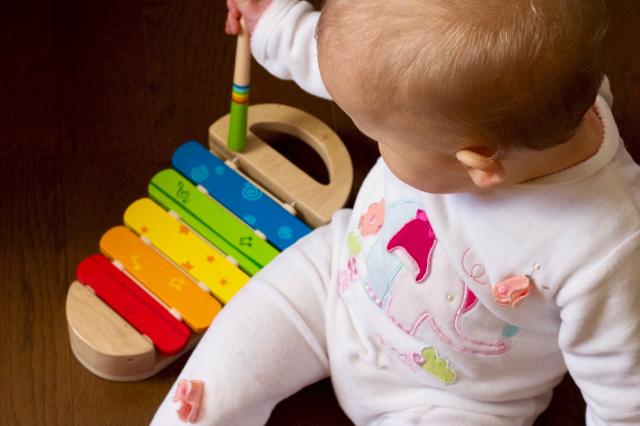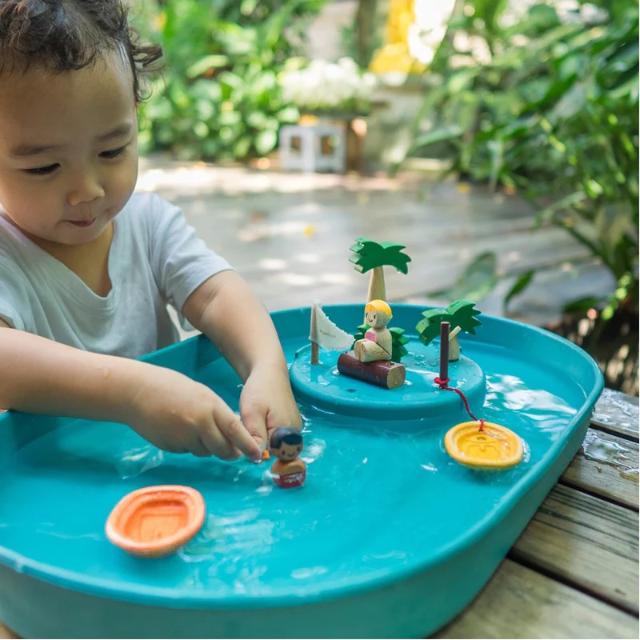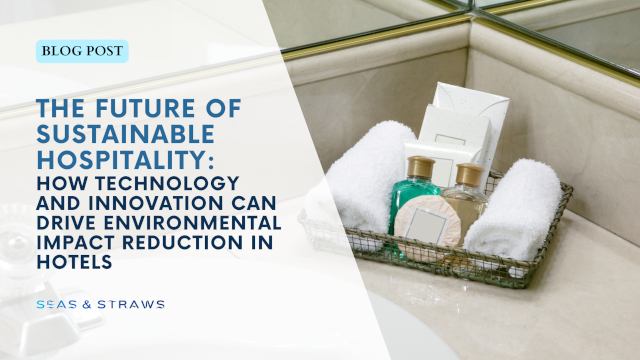- Home
- Consulting for Orgainzations and NGOs
- Eco-friendly Toys
The Top 5 Safe and Eco-Friendly Toys for Your Child's Play
 Choose chemical-free, safe and eco-friendly toys for your kids.
Choose chemical-free, safe and eco-friendly toys for your kids.A child's playtime is an essential aspect of their childhood, as it enables them to learn, explore, and develop crucial skills. It's always a joy to watch them play with unbridled joy and fascination, their curiosity and imagination seemingly boundless. As loving parents, we always strive to provide our children with the best possible environment for them to grow and thrive.
But what if the toys they play with, often made of plastic, pose a silent threat to their health and safety? It's time to revamp your child's playroom and prioritize their safety and well-being.
The Hidden Dangers in Plastic Toys
Plastic toys are popular among children and parents due to their durability, versatility, and affordability. However, recent studies have revealed that hazardous chemicals are added to plastic toys during the manufacturing process in order to increase their flexibility.
 Plastic toys contain a host of chemicals and additives that can be harmful to your toddler.
Plastic toys contain a host of chemicals and additives that can be harmful to your toddler.In 2021, the Denmark Technical University (DTU) conducted a comprehensive study on behalf of the UN Environment Program. The study found that 25% of children's toys contain harmful chemicals, including plasticizers, flame retardants, and fragrances. These toxic chemicals have raised concerns about their potential health effects on kids, especially infants, who tend to explore the world by putting objects in their mouths. The study's findings highlight the urgent need for stricter regulations to protect the health and safety of our little ones.
Embracing Safe and Eco-friendly Toy Alternatives
As a parent, you always want to make sure that your children are safe and healthy. Let's take a look at some safe and eco-friendly toys that you can consider for your little ones.
1. Wooden Toys
Wooden toys are a popular choice for playtime due to their traditional and charming appeal. These toys are crafted from natural materials, making them aesthetically pleasing, eco-friendly, and durable. Unlike plastic toys, wooden ones are tough and don't easily break during rough play. They also offer a different sensory experience compared to plastic toys.
Wooden toys can also be great for learning and development. Simple wooden toys help kids use their imagination, problem-solving skills, and creativity while also developing fine motor skills and hand-eye coordination. Wooden blocks and puzzles aid in developing cognitive skills, such as spatial awareness and logical reasoning.
 Mokulock is the ecological alternative to plastic Lego-blocks. Photo: ©mokulock.biz
Mokulock is the ecological alternative to plastic Lego-blocks. Photo: ©mokulock.bizExamples: Wooden blocks, puzzles, trains, and vehicles
Considerations: When selecting wooden toys, ensure that the wood is either untreated or finished with non-toxic, water-based paints or stains.
2. Cloth Toys
Cloth toys are a great option for parents looking for a safe and gentle alternative for their little ones. These toys come in a wide range of eye-catching colors and soft textures that are specifically designed to grab your child's attention and keep them entertained for hours. Unlike plastic or metal toys, cloth toys do not have any sharp edges or toxic chemicals that may harm your child. Plus, they are easy to wash and repair, too.
 Soft cloth toys are a staple in every toddler's playroom. Look for natural (organic) materials.
Soft cloth toys are a staple in every toddler's playroom. Look for natural (organic) materials.Examples: Soft dolls, fabric books, and plush animals
Considerations: When selecting cloth toys, choose those that are made from natural fibers like cotton, wool, or bamboo, which are soft and gentle on your child's delicate skin, have been certified by eco-friendly standards such as OEKO-TEX®, and have non-toxic dyes. Also, check that any attached parts are age-appropriate for your child.
3. Food-Grade Silicone Toys
Unlike plastic toys, silicone toys are completely BPA-free and other harmful chemicals and offer a durable solution that can withstand the wear and tear of teething and rough play. Plus, since silicone is a non-porous material, it doesn't harbor bacteria and is very easy to clean and sanitize, making it a great option for busy parents.
Examples: sensory chewing toys, stacking toys, bath toys
Considerations: When shopping for silicone toys, look for products made from 100% food-grade silicone, for example this one from EarthHero. This type of silicone is of the highest quality and offers the best safety standards for infants and toddlers. It's also a good idea to check if the toy has been tested and certified by a reputable organization, such as the FDA or CPSC, to ensure it meets all safety standards and regulations.
4. Natural Rubber Toys
Natural rubber toys are made from the sap of rubber trees and are free from synthetic additives, ensuring a safer alternative for your kids. The natural rubber material is known for its durability, making it an ideal choice for active playtime. Unlike plastic toys, natural rubber toys are biodegradable, which means they have a minimal environmental impact when it's time to dispose of them.
 Natural rubber toys are another great alternative, if they do not contain artificial or chemical additives. Photo: ©earthhero.com
Natural rubber toys are another great alternative, if they do not contain artificial or chemical additives. Photo: ©earthhero.comExamples: bath toys, teething toys, balls, pacifiers and soothers
Considerations: When buying, check that the toys are made from 100% natural rubber, as some toys may be labeled as "natural" but still contain synthetic additives.
5. Fabric and felt playsets
Fabric and felt playsets are a great way to provide your children with a cozy and creative playtime experience. These playsets are made from soft and tactile materials, which provide a gentle touch for their little hands. The use of fabric and felt allows for intricate detailing, which makes the playsets come to life with vibrant colors and imaginative designs. They are lightweight and easy to carry around, making them suitable for on-the-go play. Plus, they are typically machine washable, ensuring easy clean-up after messy adventures. You can easily DIY these too.
 Who doesn't love this soft, detailed and vibrant fabric and felt garden playset from Crate&kids? Photo: ©crateandbarrel.ca
Who doesn't love this soft, detailed and vibrant fabric and felt garden playset from Crate&kids? Photo: ©crateandbarrel.caExamples: dollhouses, kitchen sets, and animal-themed play scenes
Considerations: If the playsets are colored, ensure that non-toxic and water-based dyes are used.
Our children are most susceptible to toxic chemicals, and I believe as parents, it is our responsibility to protect them as best as possible from the foods they eat, the clothes they wear, and the toys they play with. When it comes to their toys, it's important to choose ones that are safer for our kids and more eco-friendly.
You may want to consider these stores for your next eco-friendly toys shopping:














